What Is Buccal Fat Removal ?
Buccal fat removal, also known as cheek reduction surgery, is a cosmetic procedure performed by reducing the amount of buccal fat in the cheeks. Buccal fat pads make lower cheeks look full and can make some people’s faces look round or chubby. The surgery removes these fat pads to give the face a more defined and sculpted shape.
Buccal fat pads are specialized fat deposits located in the hollow areas of the cheeks, between the facial muscles and overlying tissues. These fat pads play a role in facial contouring and can affect the overall shape and appearance of the cheeks.
Before removing buccal fat, the surgeon must assess the patient’s facial feature, structure, and skin flexibility. The ideal candidate for buccal fat removal surgery typically has excess fat in their lower cheeks. This excess fat contributes to a lack of definition in their face.
Before beginning the buccal fat removal procedure, the surgeon must determine the form of the fat pads. Carefully planning the surgical procedure is important for the patient’s

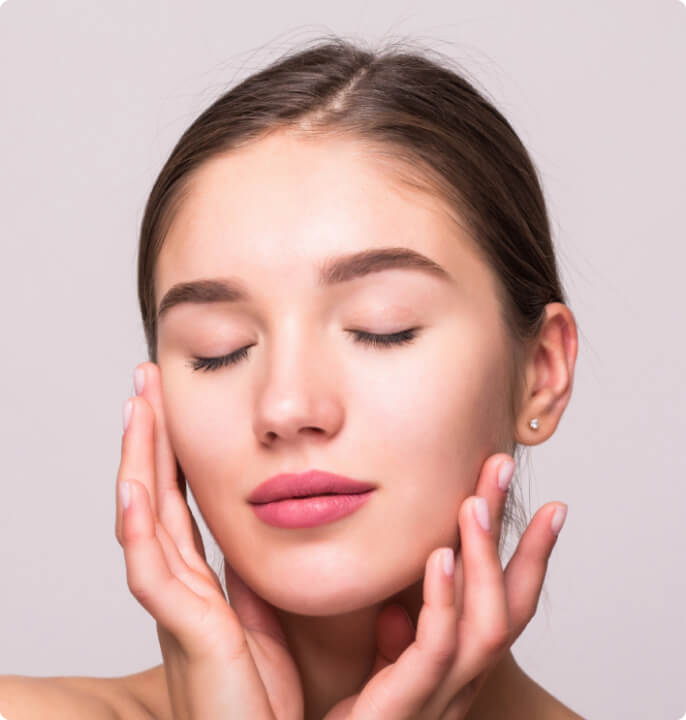
benefit. In this way, the patient will achieve an aesthetically satisfying and symmetrical final result.
Cheek fat removal is usually performed under local anesthesia using a sedative or under general anesthesia according to the doctor’s advice. Anesthesia is extremely beneficial for the patient to have a painless buccal fat removal operation.
The surgery involves creating small incisions on the inner side of the cheeks, near the molars. This method lets the surgeon remove buccal fat pads without leaving scars on the face, keeping the face looking natural.
After the surgeon has made the necessary cuts, he carefully locates and separates the buccal fat pads. Then the fat pads are removed using precise methods. This is done to shape and define the cheeks according to the patient’s desired appearance.
After the buccal fat reduction progress, the incisions are carefully closed with dissolvable sutures. The tissues and muscles inside are moved to make the cheeks look smooth and natural. This helps reduce the chance of problems after surgery.
BUCCAL FAT REMOVAL RISKS AND BENEFITS
Removing of buccal fat has many benefits. You can have a more contoured and sharper contoured face by removing the buccal fat if you think your face is over round. At the same time, the process will be permanent as the removed buccal fat cannot grow again.
Buccal fat removal is a safe and low-risk surgery when done by a skilled plastic surgeon in a clean setting. But like every major operation, there may be some inherent risks and complications in this operation too. Discussing these risks and complications with the specialist before surgery would be more favorable for the patient.
Infection
Buccal fat removal surgery cuts inside the cheeks, exposing the surgical site to bacteria in the mouth. If you don’t take precautions to prevent contamination, bacteria in the mouth can cause infection. To stop bacteria infecting incisions, surgical instruments and environment must be kept very clean. This minimizes the risk of infection.
Paying attention to oral health is another factor that can reduce the likelihood of infection. For this reason, it’s important to consistently clean and wash your mouth.
Bleeding
During or after the operation, one can observe excessive bleeding as a potential risk. The techniques used in the operation have a major impact on it. Therefore, handling the tissue carefully and performing the dissection correctly is significantly important.
The patient’s medical history is also a factor in bleeding as in any operation. Patients who use blood thinners and have hypertension are more likely to experience excessive bleeding and other complications after buccal fat removal surgery. Patients whose buccal fat pads are close to facial blood vessels are also more likely to suffer from excessive bleeding. Carefully studying the patient’s face anatomy and facial structure before the surgery is crucial.
Nerve Damage
One of the more alarming possible complications linked to buccal fat removal surgery is nerve damage. Several crucial facial nerves, including the buccal branch of the facial nerve, are located near the buccal fat pads. Damaging these nerves can lead to a range of sensory and motor disruptions.
During the surgical procedure, direct trauma to the nerves can occur due to incisions, dissection, or manipulation of tissues. Also excessive pressure or compression on the nerves can lead to temporary or permanent damage. And the use of electrosurgical devices or other energy-based instruments can potentially cause thermal damage to the nerves.
Over Resection
A doctor’s examination is usually performed on the first anniversary of your surgery in order to consult with your surgeon to discuss your surgical outcome and scar tissue control. All of the swelling in your nose will be gone 12 months following your rhinoplasty surgery. If you have any, the scar from your procedure will be gone.
Consult your doctor if you have any concerns or questions during all processes. If you receive any external blow, unexpected bleeding, or if your swelling does not go away within the expected time, contact us immediately. West Aesthetics doctors and clients are always available to answer all your questions and address your concerns.
Hematoma
Hemotoma is a collection of blood outside the blood vessels. This can be caused by trauma during surgery or due to the patient’s health history. Blood collected outside the blood vessels in the case of hematoma can cause redness, swelling and pain in the surgical site.
Hematoma may cause the patient not to achieve an aesthetically satisfactory result after surgery. It can also prolong the healing process after buccal fat surgery and pose a risk of infection.

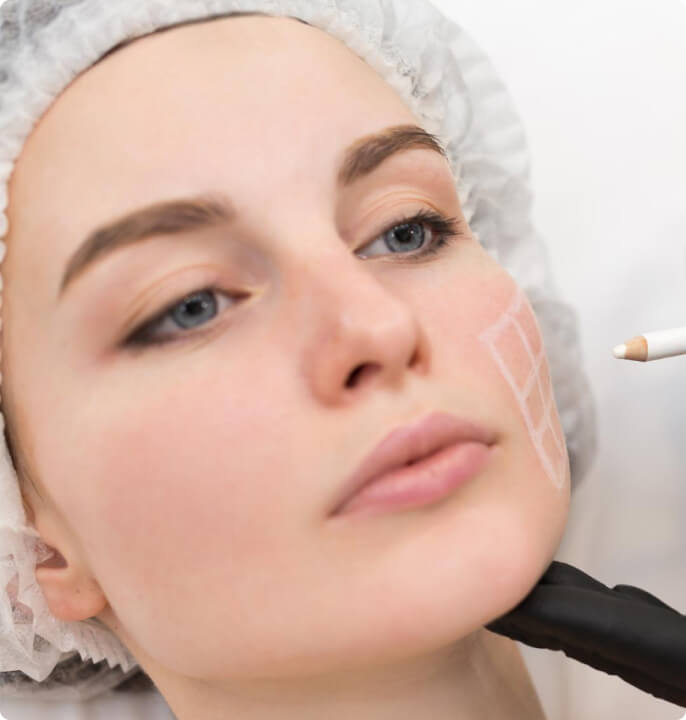
What Is The Recovery Time For Buccal Fat Surgery
Bruising and swelling may occur after buccal liposuction surgery. This is a very natural condition. It is caused by tissue trauma during surgery. Such complications usually become quite noticeable in the first three days after surgery. And from the first week onwards, they begin to decrease and disappear over time. In general, they should be completely gone by the end of the first month. But be aware that this may vary from patient to patient.
The patient may also feel intense pain and discomfort in the operated area in the first days after surgery. This can be made tolerable with the use of pain relievers. The pain sensation felt in the surgical area after the operation usually decreases and disappears after the first week.
In order to minimize the complications that may occur after the buccal fat operation process, it is necessary to avoid physical activity and sports for a certain period of time. This will help the recovery process to pass faster.
Painkillers can be used to make the postoperative pain tolerable. Light sports and physical activities can usually be started in the first week. However, heavy training should be avoided. Starting from the second week, the patient can resume sports and physical activities by listening to his body and consulting his doctor.
It is beneficial to feed the patient with liquid foods in the first week of surgery. In consultation with the doctor, the patient can return to a normal diet in the second week. However, it is still useful to avoid excessive solid foods.
Wounds caused by incisions made during buccal fate surgery usually heal within the first month of the operation. But it is useful to be aware that this period may vary depending on the patient’s health history and the severity of the operation.
If a non-dissolvable suture was used during the buccal fat operation, the sutures are removed as of the second week.
Full recovery is usually observed between the second and sixth month of buccal fat surgery. Soreness and pain ends. Swelling and redness disappear completely. The tissues are also completely in place. The patient thus achieves the desired aesthetic appearance.

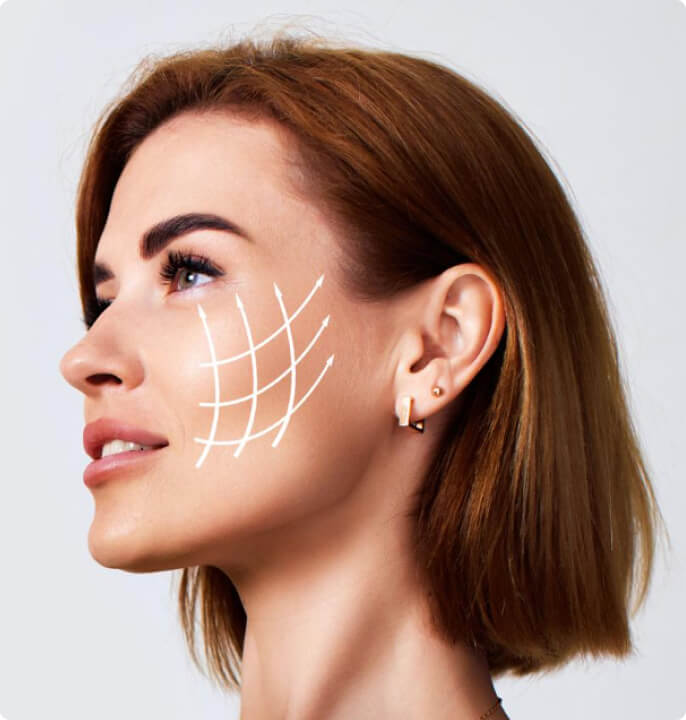
When To Call A Doctor
There are several signs that indicate an infection after buccal fat surgery. Examples of these signs include persistent pain and discomfort that does not go away within the time specified by your specialist, swelling and redness, and a bad odor coming from the surgical site.
It is also necessary to be careful about numbness and loss of sensation, which may indicate nerve damage. Nerve damage can also manifest itself as vomiting, excessive sweating and dizziness.
Bleeding during and after operations is normal. However, you should be alert to situations where this bleeding goes beyond normal.
In the above-mentioned cases, it would be in your best interest to contact your specialist plastic surgeon as soon as possible. In general, you should contact your doctor in case of any complications that do not resolve within the specified period.
Buccal Fat Removal Prices In Turkey
Compared to its quality in terms of aesthetic operations, Turkey stands out as a location that attracts attention with its cheap prices. The same is true for buccal fat removal operations.
A general figure for the cost of buccal fat operation in Turkey can vary between 1,000 dollars and 5,000 dollars. Bundle services offered have a great impact on the variability of buccal fat operation prices in Turkey. Many clinics offer their patients a package that includes hotel and transportation costs along with the operation. For this reason, it is useful to consider the contents of these packages when choosing the clinics before the operation.
Buccal fat removal operation costs in Turkey may also vary from city to city. A buccal fat removal operation in Istanbul will be more expensive than in other cities. Technological sophistication of the clinics in the city and the fact that the city is frequently preferred among those who come for health tourism play a major role in this.
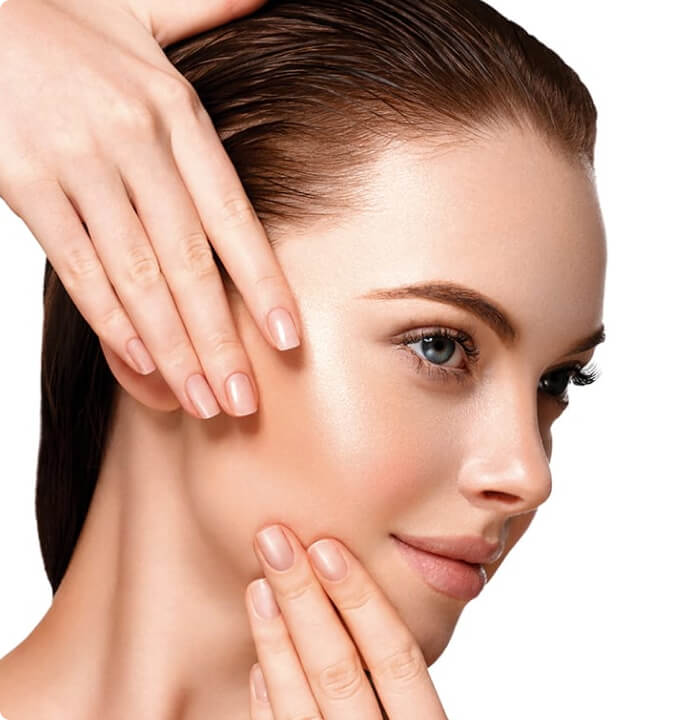
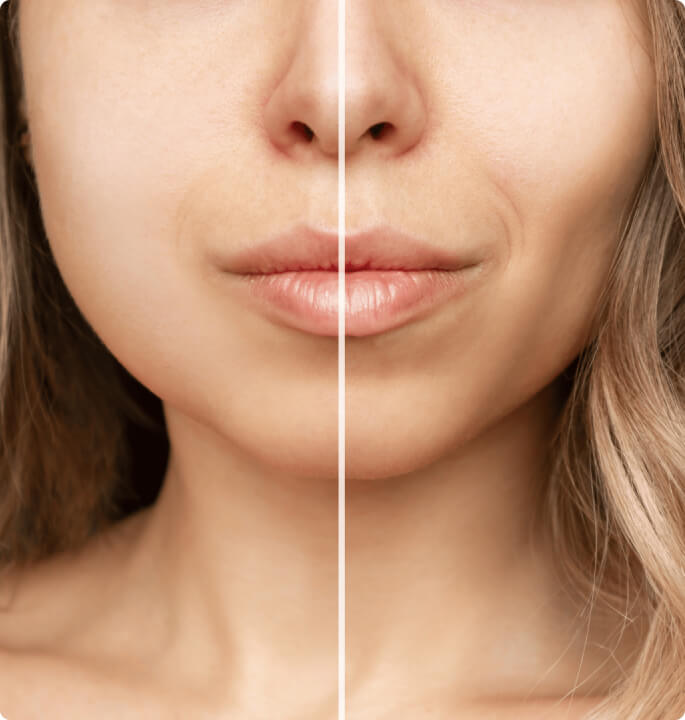
Buccal Fat Removal Before And After
It is very important for patients to choose a clinic by looking at buccal fat removal before and after photos prior to the operation. These photos can be seen as a reference of the clinics. Whether you will be satisfied with the procedure or not can be understood based on the changes of patients who have undergone the same procedure before.
Looking at buccal fat removal before and after photos will also be good for the patient’s psychology. The patient who realizes that achieving the aesthetic appearance of his dream is not a fantasy will be more motivated about the operation.
You can see our references from the photos and can trust us that achieving your dream image is not impossible.
How Is Buccal Fat Removal Different From Cheek Liposuction
Although buccal fat removal and cheek liposuctinon are similar as aesthetic operations that remove excess fat on the cheek, they are actually very different from each other. This difference can go from the target area of the operations to the way they are performed and the result they try to achieve from there.
To illustrate the difference between the two operations, it is best to make a comparison.
Buccal fat removal operation is performed especially on the buccal fat pads. Incisions are made on the inside of the mouth in order to reach the inner cheek during the operation. And the fat to be removed is limited to the buccal fat pads. The aim of the operation is to create a more defined lower cheek area. Patients who come for buccal fat removal are the ones who have problems with buccal fat pads.
Unlike buccal fat removal, cheek liposuction aims to remove all the excess fat in the cheek area. In this procedure, the incisions are small incisions made on the skin surface. Contrary to buccal fat removal, fat is not removed from a single area in cheek liposuction. It is aimed to remove excess fat from the entire cheek area. The main purpose of cheek liposuction is to make the entire cheek area more contoured and aesthetic. Patients who come for cheek liposuction want their cheek areas to look fuller in general.


Ideal Candidate For Buccal Fat Removal
Person who suffer from the fullness in the lower cheek area, popularly known as “chubby cheek”, and in the general facial contours can be considered ideal candidate for buccal fat removal surgery. The candidate may have previously tried to get rid of the bulky appearance on his face with non-operative options such as sports and diet. If these methods fail to get rid of the bulky appearance, only the operation option remains.
At the same time, person who want a more defined cheekbone structure can also be seen as ideal candidate for this operation. Thanks to buccal fat removal, the candidate can have a more contoured and sharp face. Operation can also provide the candidate with a more symmetrical face.
In order to achieve the desired result in the long term, the candidate should not smoke, be at a stable weight, have realistic expectations about the results of the surgery and should not neglect the follow-up process.
Preparing For Buccal Fat Removal
The first thing you should do as soon as you decide to have a buccal fat removal operation is to choose a board-certified plastic surgeon who you believe can give you the image of your dreams. During the selection phase of the doctor, it is also useful to look at clinics according to their technological competencies.
You have chosen the clinic and now you know your doctor. What you need to do now is to have an open communication with your doctor. You should tell your plastic surgeon about your health history with all clarity. Especially allergies, chronic diseases and medication use should be reported. It is also useful to tell the specialist your expectations and goals for the final result of the buccal fat removal operation.
It is also beneficial to follow the diet prescribed by the specialist before the operation and to stop smoking and drug use in order to shorten the postoperative healing process and to guarantee the desired aesthetic result.
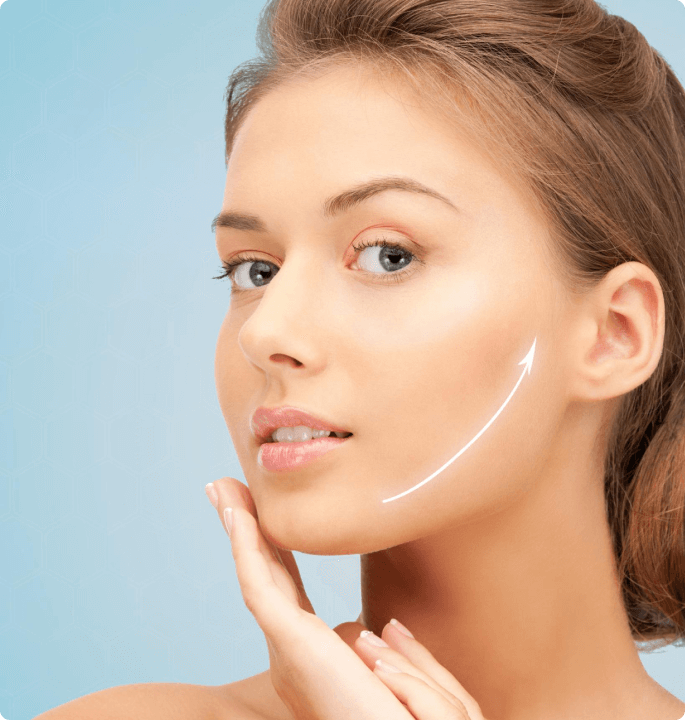
Frequently Asked Questions
Is it good to remove buccal fat?
Removing buccal fat is considered beneficial for individuals seeking a more defined and sculpted facial appearance. The procedure targets excess fat in the cheeks, creating a slimmer look and enhancing facial contours. It is a relatively straightforward surgical option for those desiring a permanent change in facial fullness, with results tailored to individual preferences and aesthetic goals.
Can buccal fat grow back?
Removed fat cells do not grow back. However, the natural aging process and changes in overall body weight can still affect the appearance of the face over time. While the specific fat pads addressed in buccal fat removal are gone, other factors like skin elasticity, muscle tone, and the redistribution of remaining facial fat can influence the long-term results.
Can buccal fat go away naturally?
Buccal fats do not typically go away naturally through diet or exercise. While weight loss may lead to a reduction in overall body fat, the buccal fat pads may remain relatively unaffected.
What age does buccal fat go away?
There is usually a significant increase in buccal fat between the ages of 10 and 20, and then a slow and steady decrease until about 50. But it can vary from person to person.
